The Victors Posted On 23rd April 2024 To Magazine & Stories

Oh, crap! What have I done?
Let’s see. I committed to do a solo photography show, with twenty-seven images. All twenty-seven are 4x5 black and white negatives, so they need to be darkroom printed. And those will be 20x24 prints. Yeah, and I need to have them matted and framed. The icing on the cake? I have just under three months to do this.
Yep, this is going to be an interesting project. But let’s back up to the beginning.
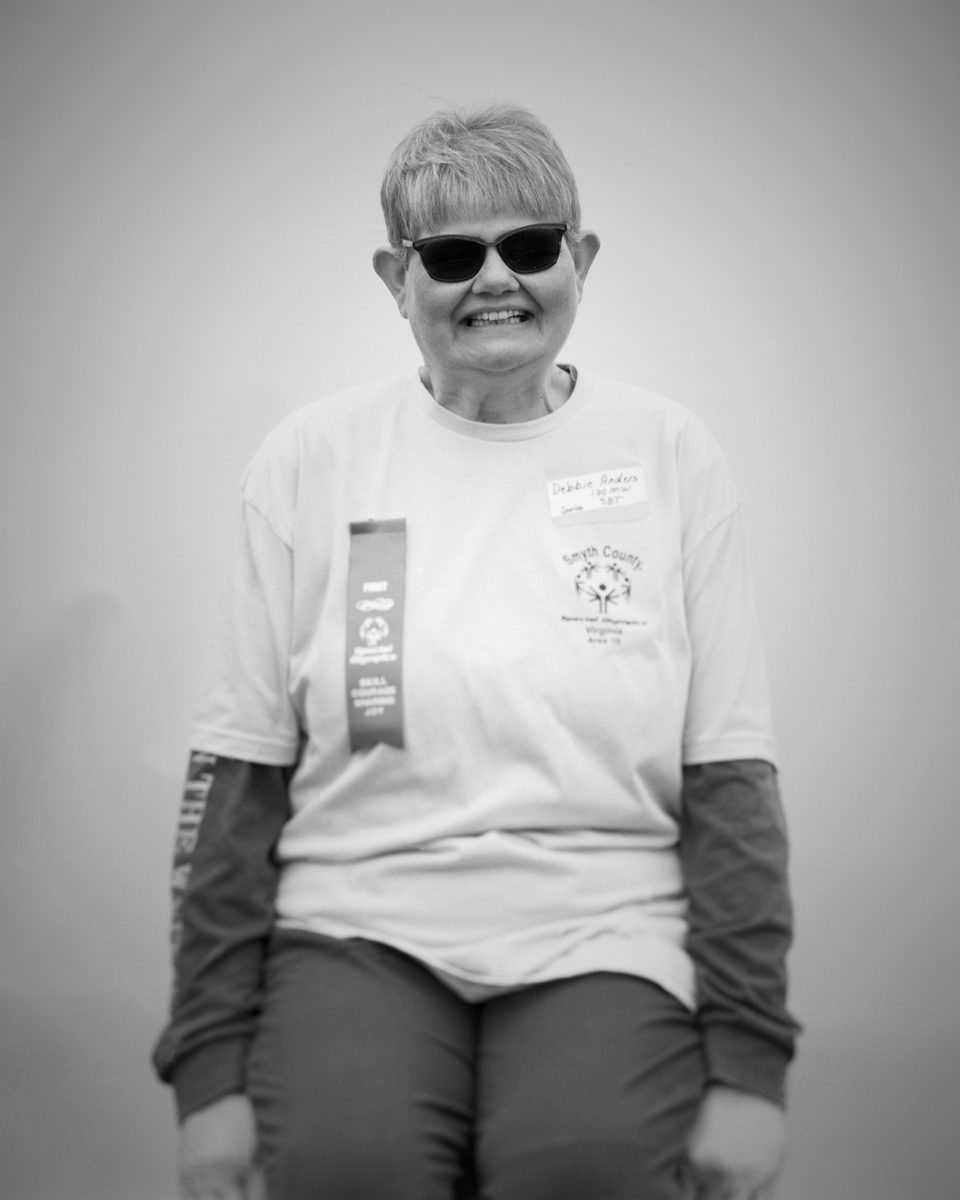
The Event
It was April 2023, three years after the pandemic, and the Area 10 Special Olympics in Southwest Virginia (US) was struggling back with the Track and Field events. Many participants were no longer with us, and others could not attend because getting group transportation was still challenging. But some came, and they were ready to rumble.
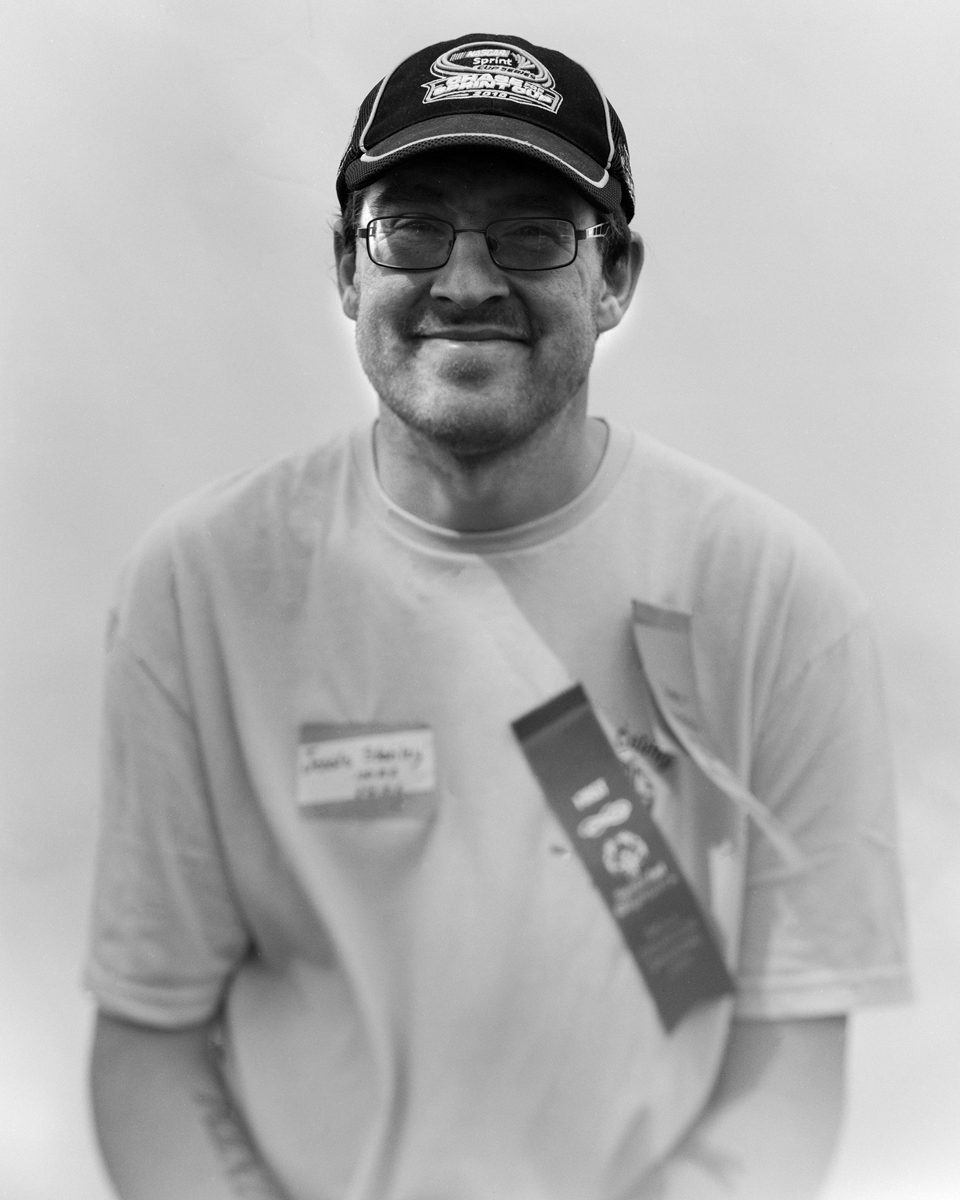
The Winners
I had been photographing these games for a decade. My Civitan club has helped with the games for many more years than that, so I had come to know many of these athletes by sight, if not always by name. But I have always photographed the competition itself. The 50-yard dash or shotput always makes for exciting images. But this time the competition coordinator asked if I would please photograph the winners instead. This entails staying near the awards table as events run continuously, so no action photos this time. Since I was to be stationary, however, I was free to use any camera I chose. And since there would be a limited number of winners, I decided it would be large format.
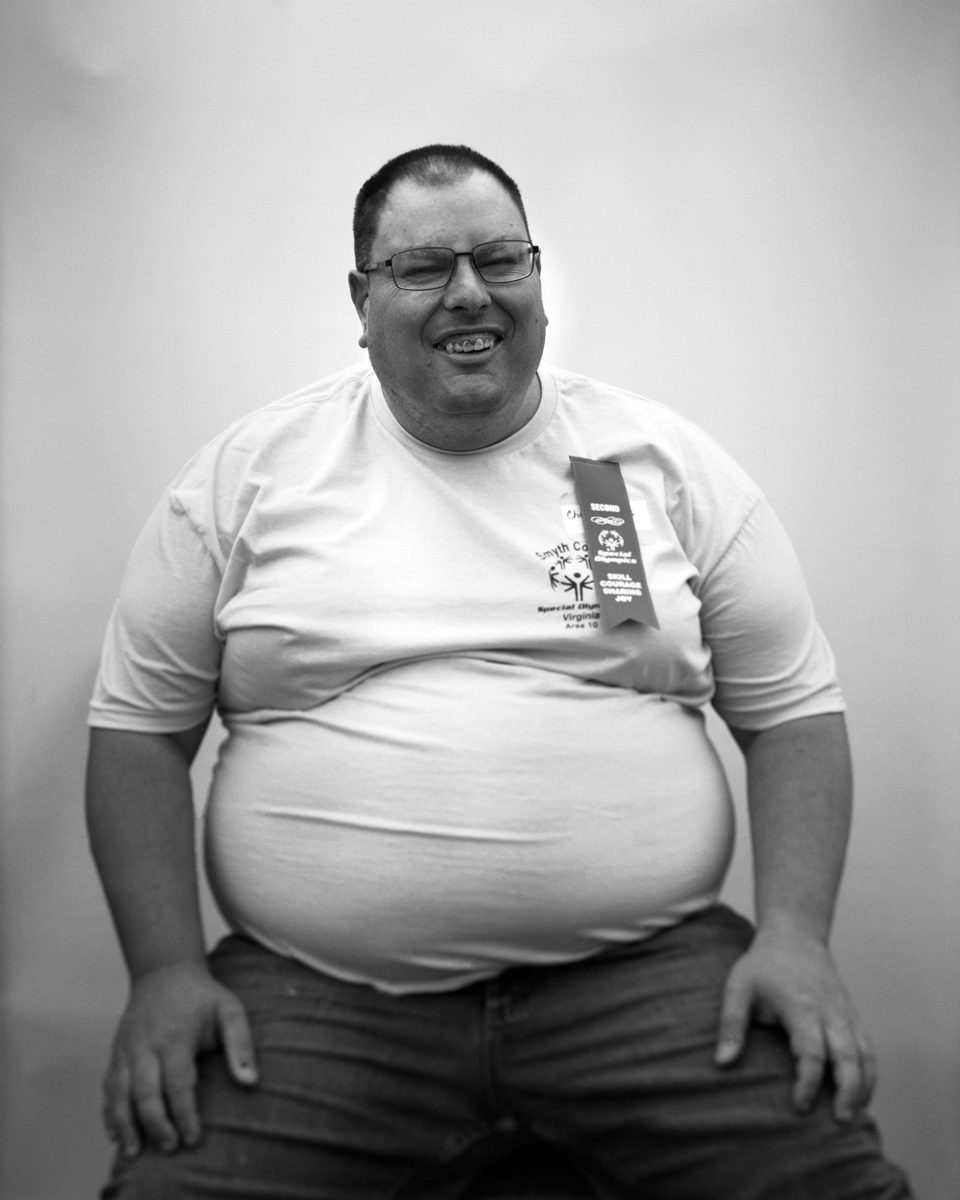
My First Choice
My first choice was 8x10, but I lacked a sufficient number of film holders. I could not be changing film while these athletes waited. So 4x5 it was. My old Calumet field camera would be perfect, but it needed new bellows. Thus, it would be the SINAR F2.
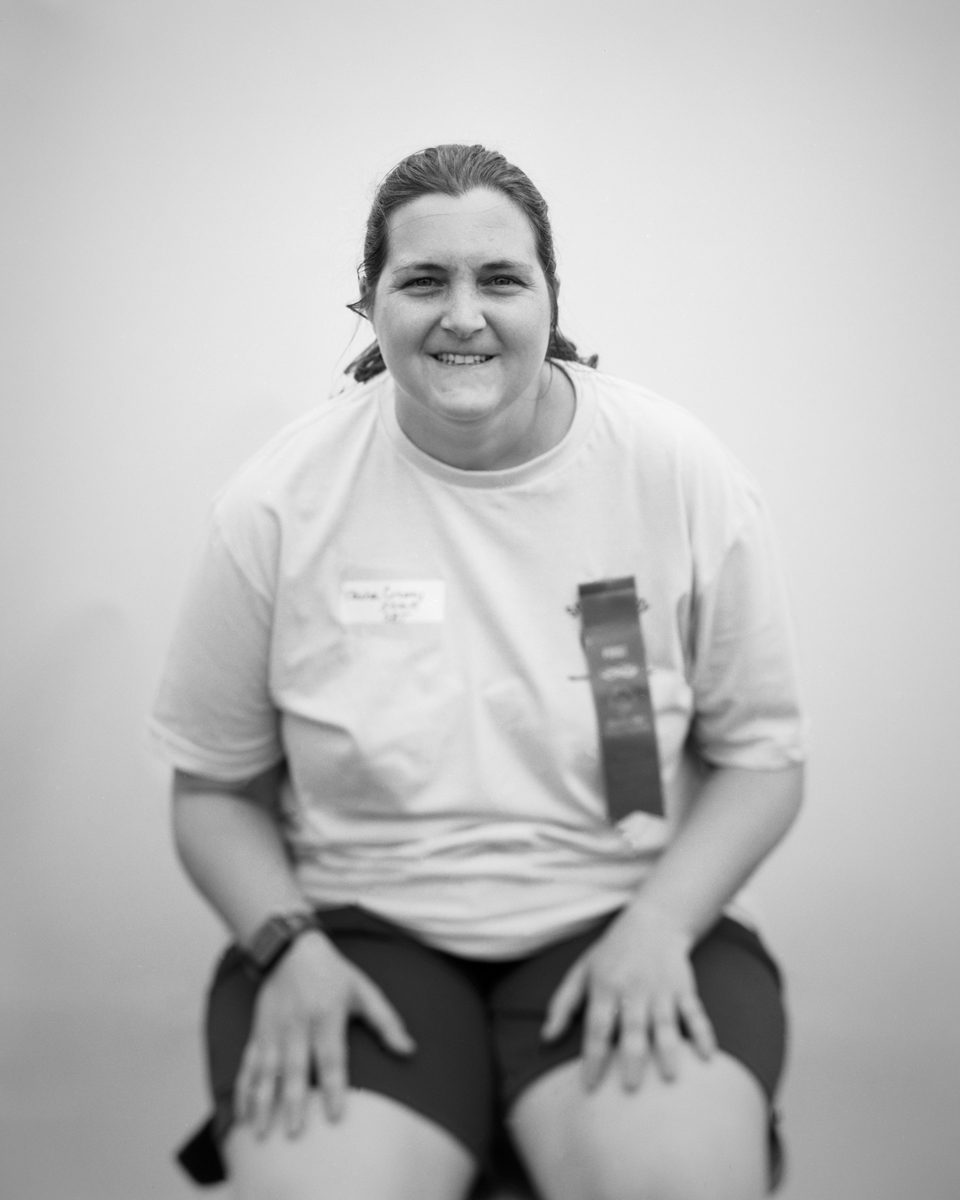
The Setup
The setup was simple by design. I had flash units, but Mother Nature cooperated and gave me a beautiful overcast sky. I chose a white seamless background, again for simplicity, and used a stool for the subjects to keep them from moving around after I had set focus. When shooting large format, I always make note of the camera settings. Only this time, I didn’t. I knew that I hadn’t pushed or pulled, so developing wasn’t an issue, but I am still kicking myself. I believe that I used my Nikkor W 210 mm f/5.6 and set the aperture at f/22 so that I had a decent depth of field and shutter speeds of about 1/125 second. These athletes can be fidgety.
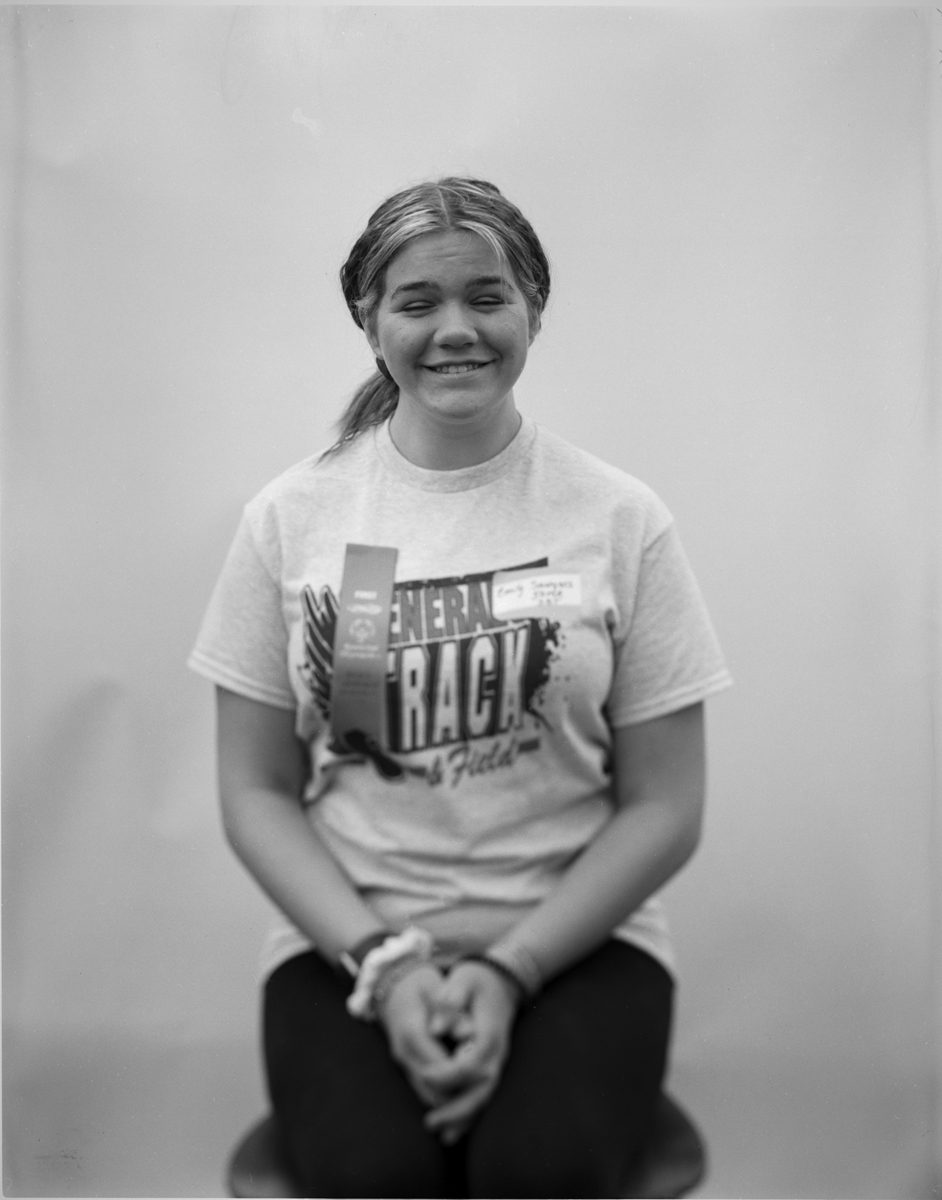
Scheimpflug Effect
I really wanted to emphasize the faces of the athletes; these were portraits after all. I decided to use some front tilt so the Scheimpflug effect would blur the rest of the seated athlete. Combined with the small aperture my subjects did not have to sit really still.
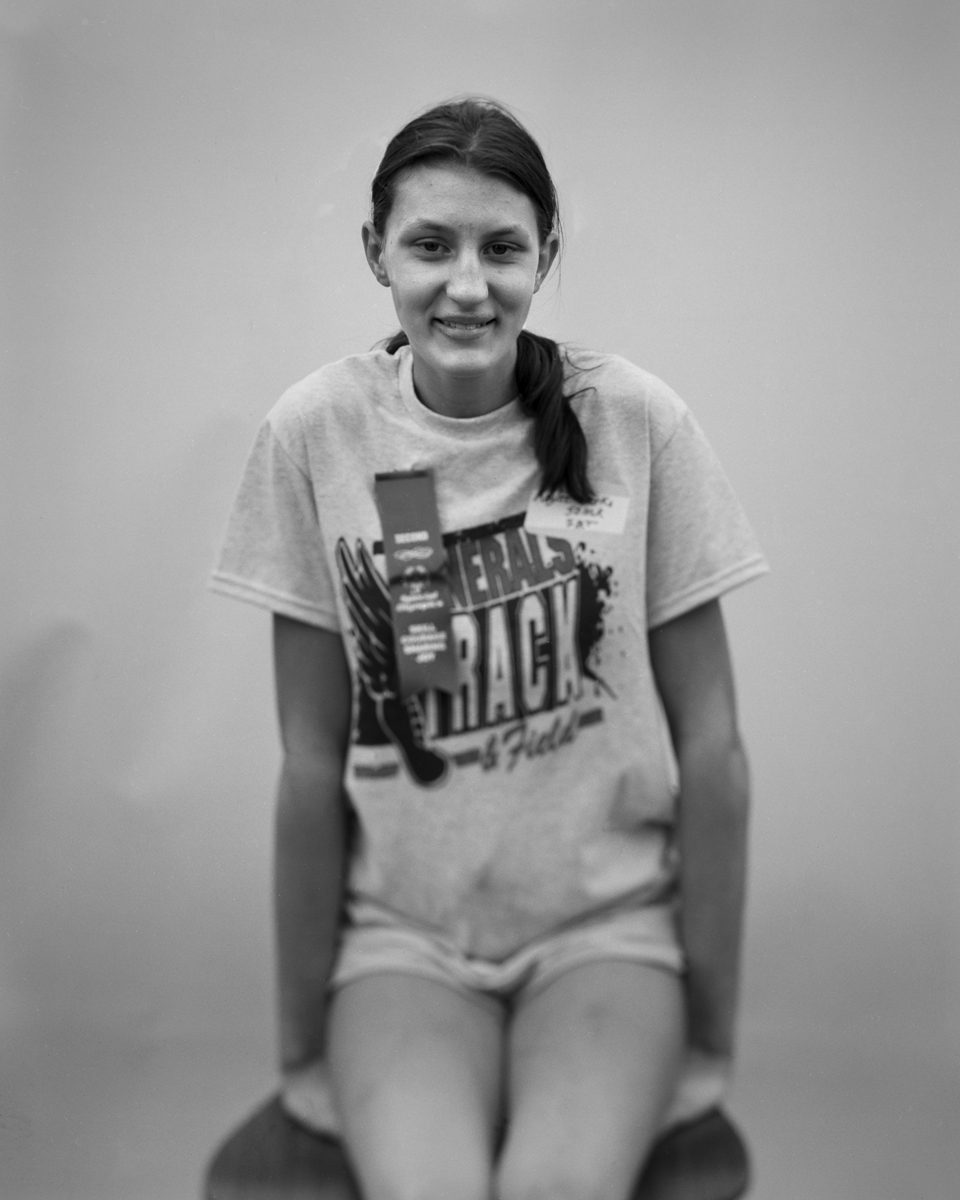
Last Sheets of HP5+
When shooting large format, I might make take two to six images in a day. Even when doing portraits, I rarely shoot more than this, and it takes quite a while. As it turned out, I had loaded my last sheets of HP5+ and about 15 of some backup film in the event I had more winners than I expected. Good thing; I shot 27 images in 45 minutes. That’s medium format territory, and I was exhausted.
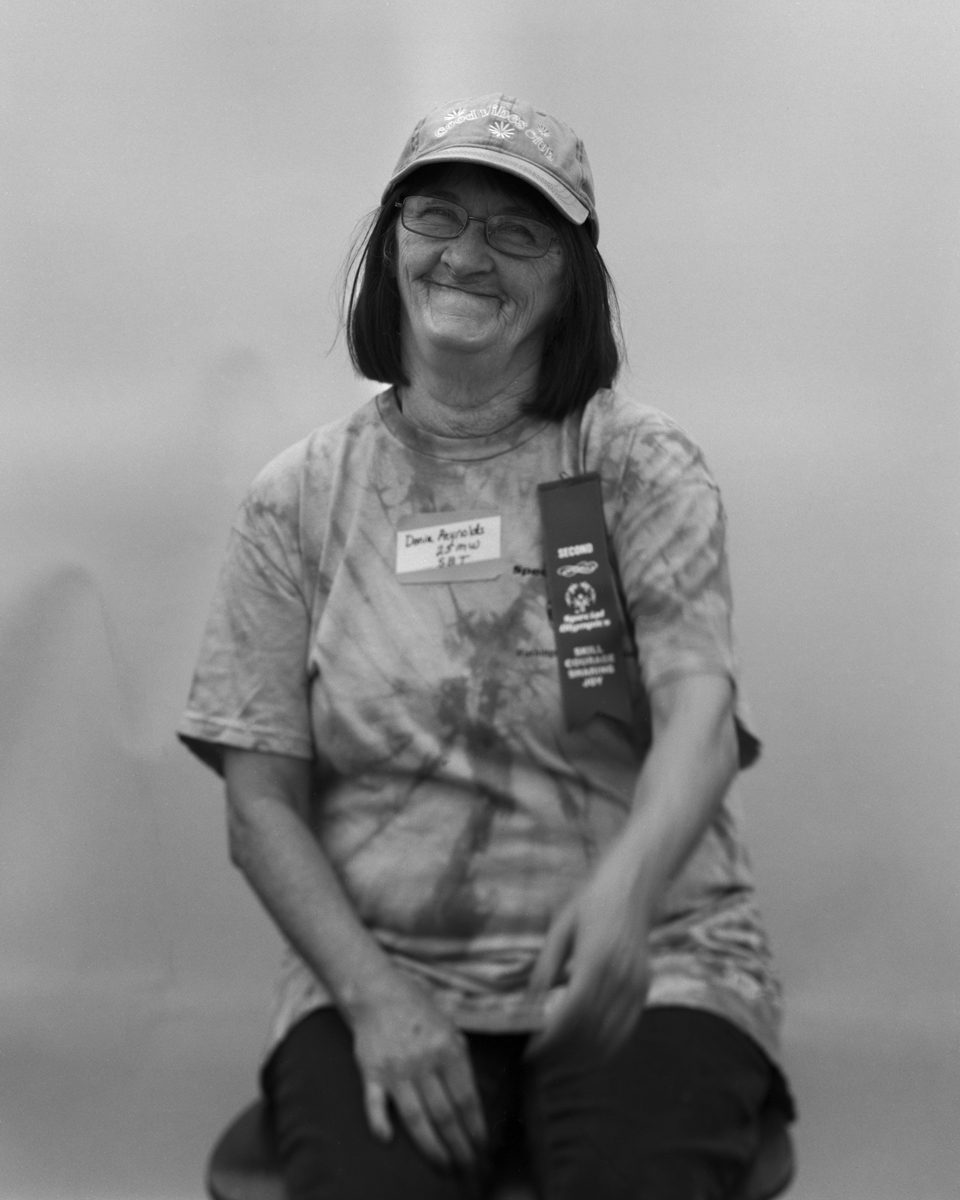
A Good Feeling
When I was shooting, I had a very good feeling about the images. The athletes were an absolute joy with which to work, and I knew the facial expressions were going to be good. Assuming that my shots were properly focused and exposed (checked every shot), this was going to be a really good set. It was at this point I turned to Dan, a fellow film photographer, who had helped me set up, and said “These would make for a great show.” I believe he thought me crazier than usual.
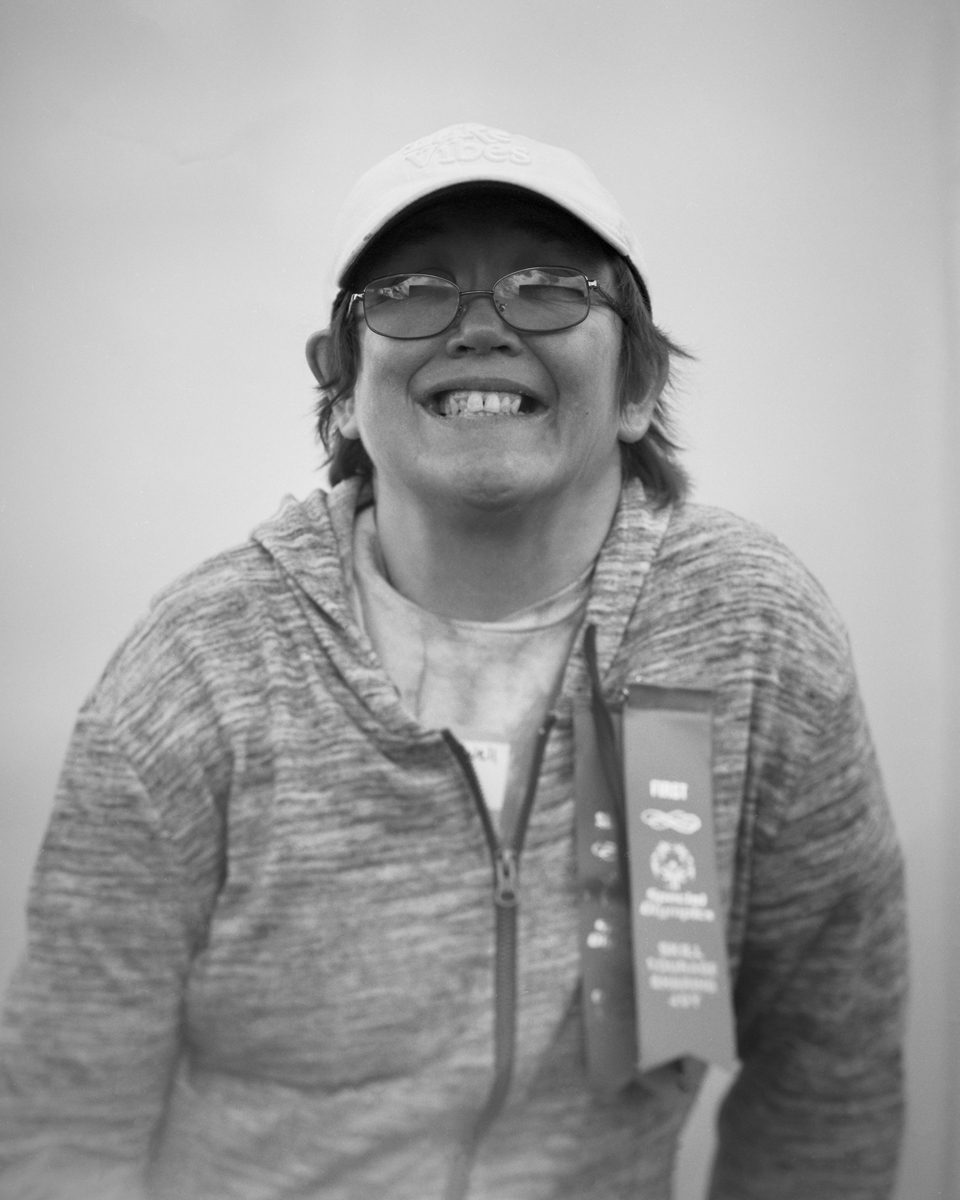
Developing
I should mention at this point that photography is not my profession. It is an avocation, not a vocation. And my job in 2023 was spectacularly busy, so the negatives sat for two months before being developed. As a precaution, I developed only two or four negatives at a time even though my Jobo will handle six. Since I had not developed any negatives in months, I could not chance a mistake. But all went well and, while there were variations in exposure due to slight changes in the cloud cover, all were acceptably exposed. Prints could be made.
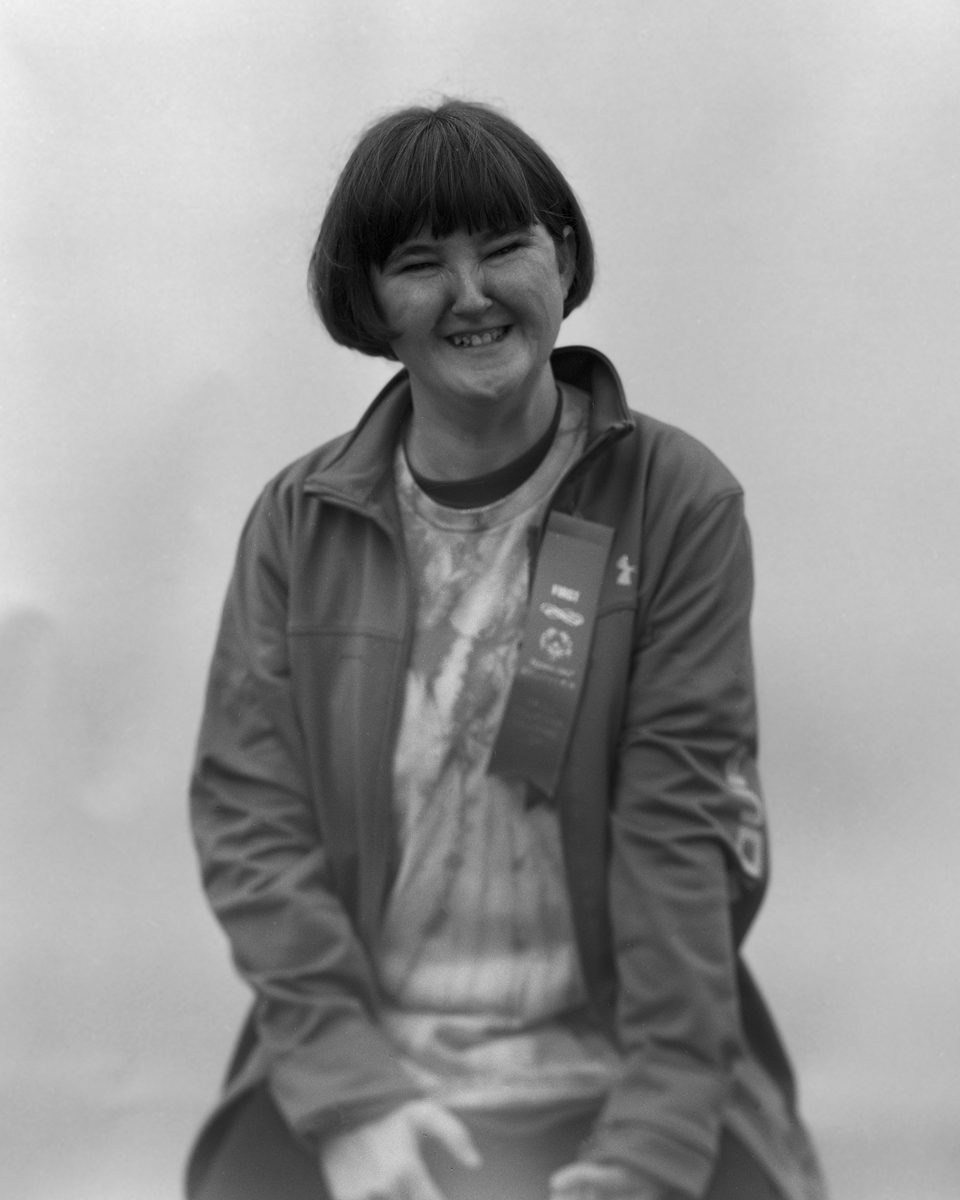
Printing
As the year progressed my professional schedule did not abate, so I came to find myself in December saying I needed to fish or cut bait. There was a deadline to be met. I wanted these athletes to have a show dedicated to just them to show the world outside the games what they had accomplished.
The 2024 area games would again be in April. The plan was to have a full month show at the local library’s art gallery and have the twenty-seven prints back in time for the games. This is because the final disposition of the prints is to be the athletes themselves. That is, last year’s winners will each receive their framed photograph.
This meant first getting approval for the show from Special Olympics, then getting the show approved, and finally arranging for matting and framing. Normally I would dry mount the prints so that I could leave a gap between the print and the mat. This is an old method for matting, and I very much like it for darkroom prints as it stands out from modern matting that overlaps the print. But with so many prints to make I used my local trusted frame store, and they were up the task.
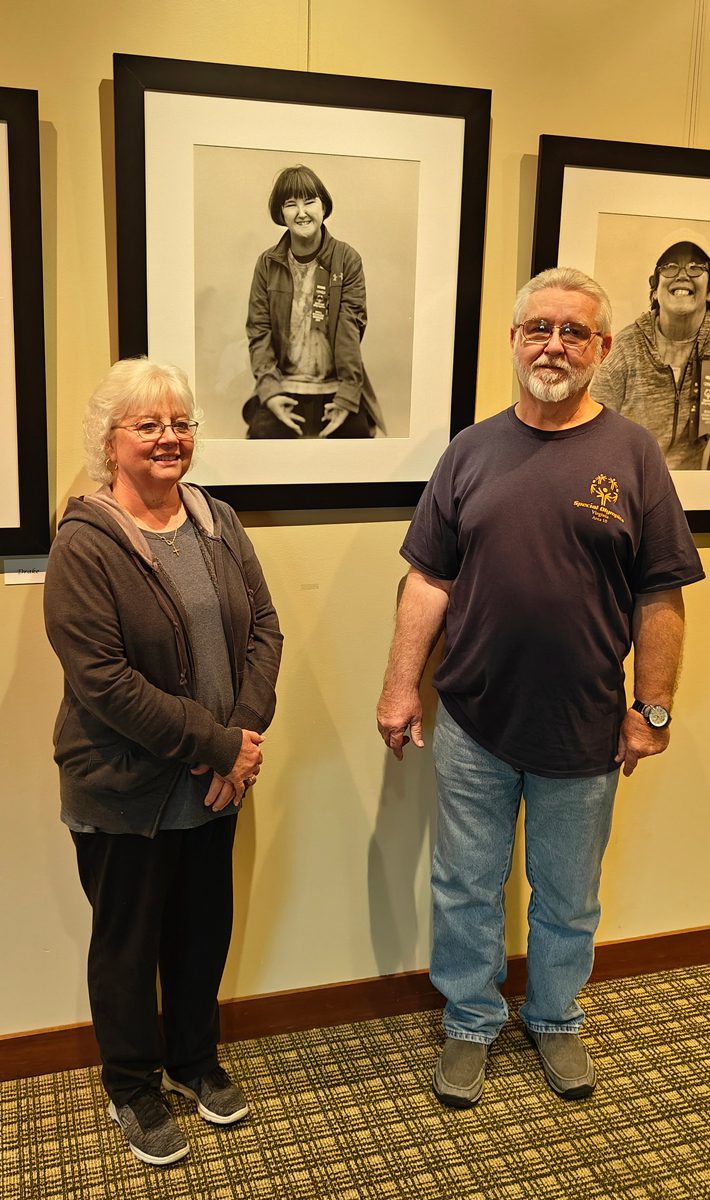
In The darkroom
I have printed up to 16x20 and had very few problems. I have the trays, sufficient room in the darkroom sink for three of them, and my print washer is an old rotary model that handles 16x20. However, I was so unprepared for 20x24. That extra four inches in each direction doesn’t sound like much, but the world changes in my darkroom at 20x24. For starters, the image does not show as well on the enlarger easel when that large. That makes it difficult to frame the projection on the easel, which, thankfully, accepts 20x24 paper. And it is very hard to grain focus when the focusing knob is just out of reach when looking through the focusing tool.
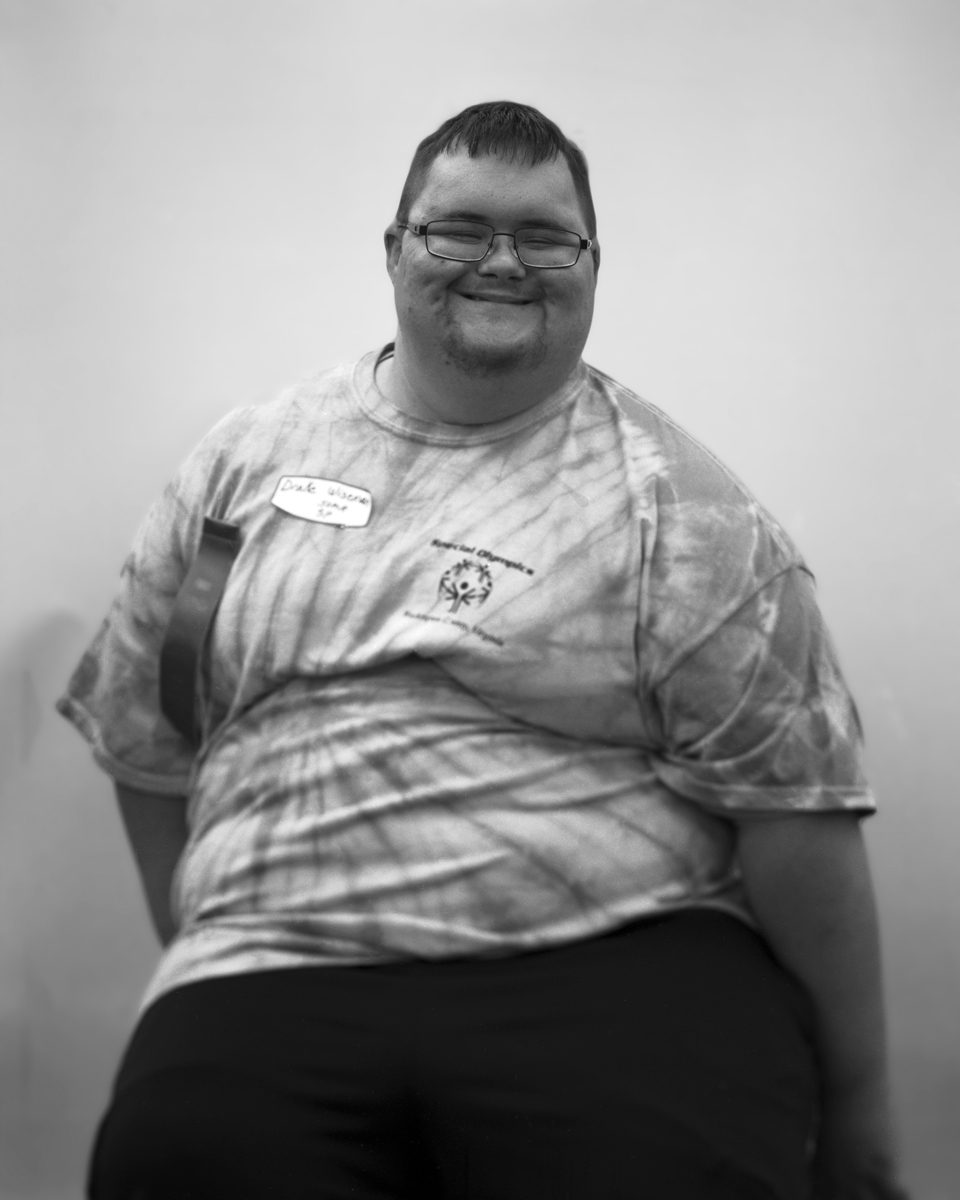
Real Trays
The enlarger itself was also up to the task. It’s an old Durst Laborator 138 that accepts large negatives and can print up to about 30x40 vertically. It has been upgraded with an LED light source to replace the expensive and hot-running incandescent bulbs. My largest darkroom trays were also 16x20 and I was loath to order a set of 20x24 trays. A trip to the local big box hardware store turned up some deep mixing tubs that were 22x30 inches and a mere $18 each. The problem, it turned out, was the sides are steeply sloped, making the bottom of the tray only about 18 inches wide. This proved to be unacceptable, and I sprang for real trays.
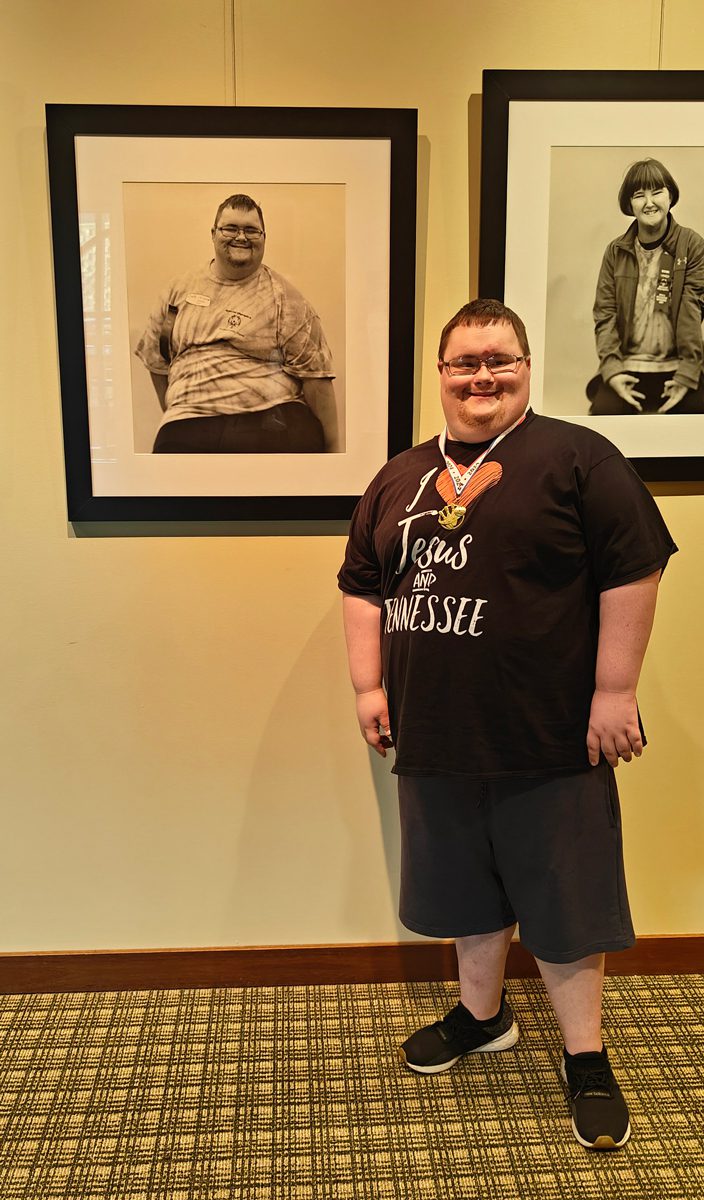
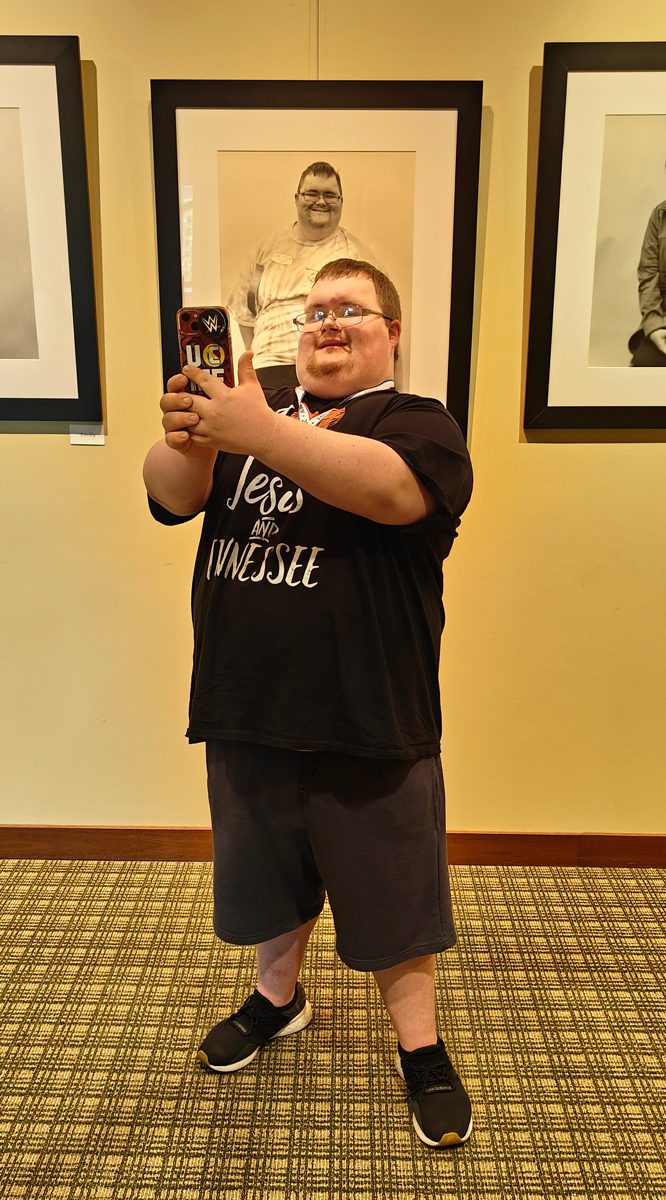
The Most Beautiful Paper
Printing went fairly well on the first five negatives. Some enlarger adjustments were needed, but I used 11x14 sheets to get the exposure set for the faces and backgrounds. Still, ruining a few 20x24 sheets of MG Art 300 paper is painful. Oh, I didn’t mention that I chose MG Art 300? I cannot imagine doing portraits on anything else. This is the most beautiful paper I have ever used, and it permits “easy” print spotting. Yes, it curls when drying, like any fiber-based paper, but the dry mount press fixes this in five minutes.
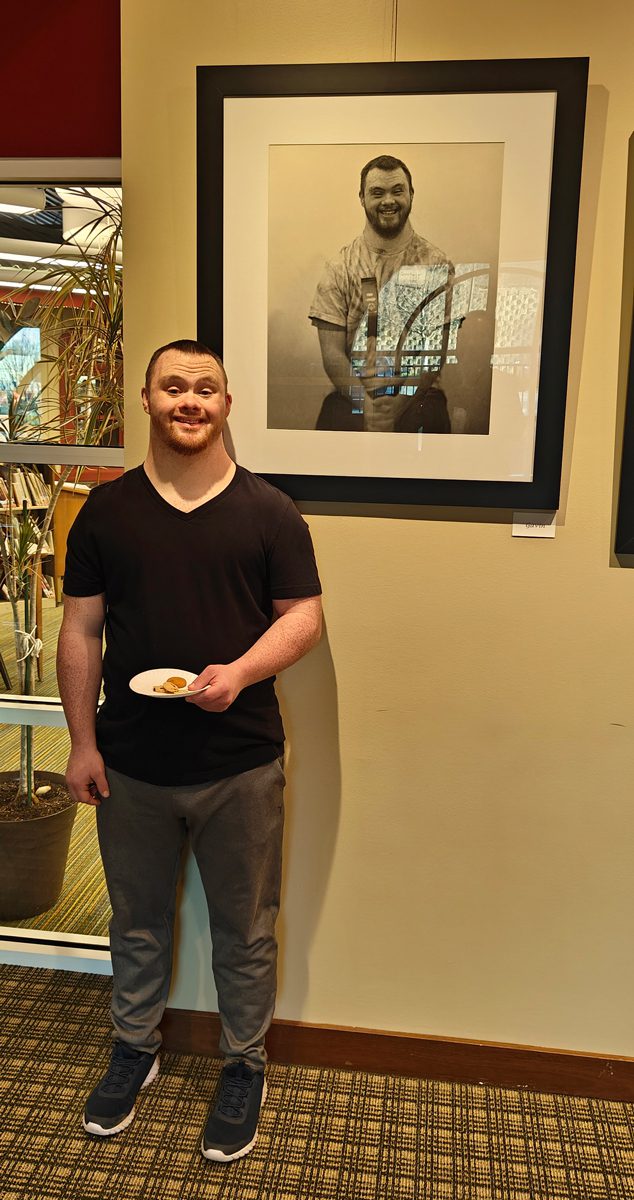
Print Spotting
Soon, I discovered that rinsing was a problem. I tested for residual hypo, and even after an hour of rinsing, there was evidence of residue. I finally found that forcing a single print at a time to be submerged in a tub with water flowing constantly for 30 minutes cleared the fixer. Did I mention that 20x24 prints are a whole new world? I would love to try a 40x50 sometime, but not in my darkroom. And then there is the spotting. If there is one thing that I hate in photography it is print spotting, mostly because I am not good at it. But it is necessary for darkroom prints and I will get lots of practice on this show. The images you see here are scans of the negatives, and digital spotting is sooooo much easier.
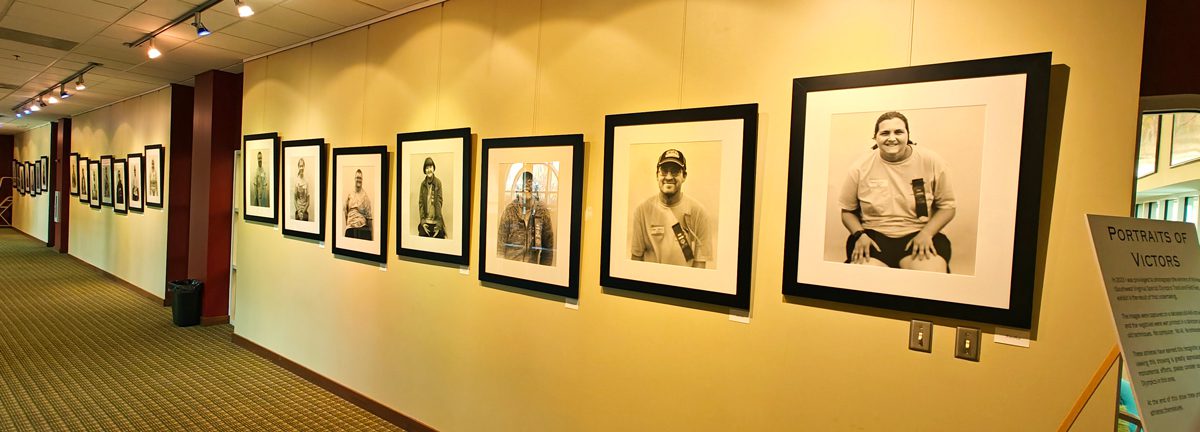
Would I do this again?
So, the first prints will head off for matting and framing this week. I will progress to about six or eight each weekend going forward now that I have my footing. This will give the framing shop time to work their magic. Would I do this again? That’s a tough question. It is a LOT of hard work and plenty of stress too. Since the prints are not for sale there is a considerable sunk cost, but people are showing interest in sponsoring the show. There is a reception planned for the athletes to see their prints, and I think that will make me forget all about the stress and work – except maybe the spotting.
I do have my next project planned, and I expect it to take about 18 months to complete this time. I’ll shoot it on film; I just won’t do all of the prints as 20x24 silver gelatins.
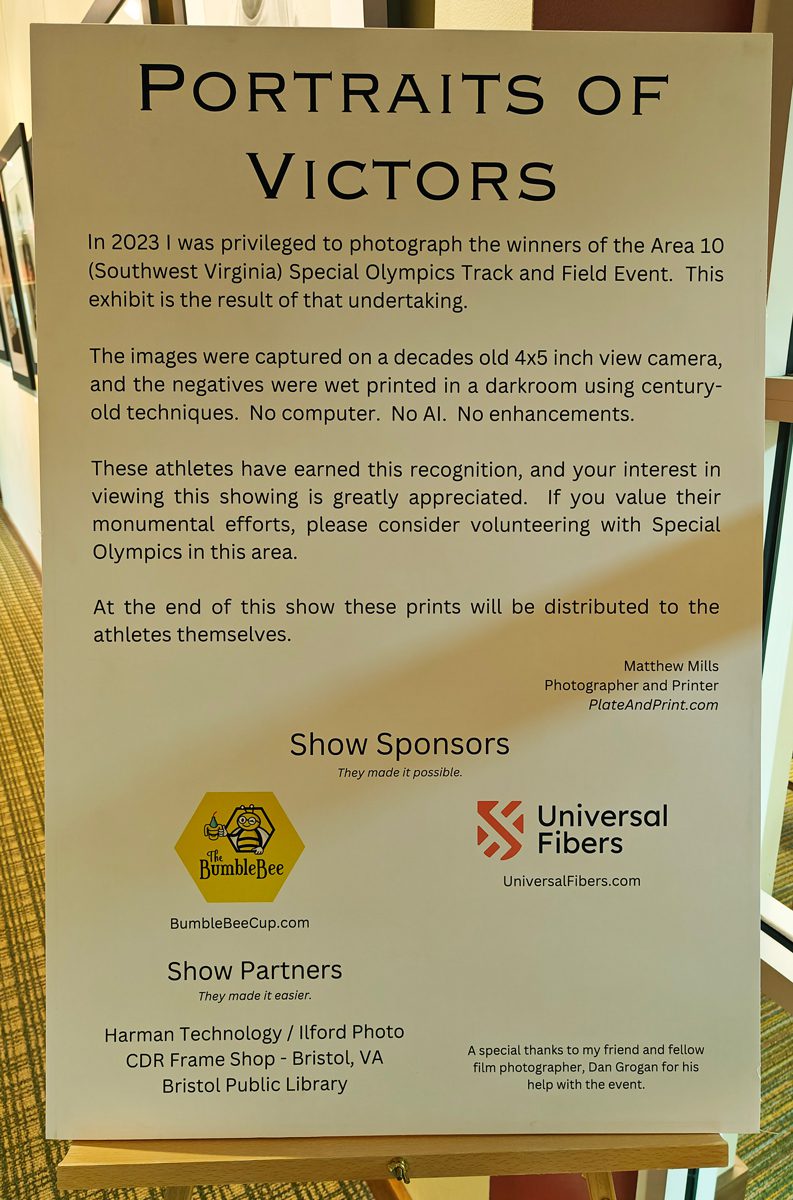
Image ©Matthew Mills
About The Author

Matthew Mills
Matthew is not a master photographer. He is certainly not a master printer. And he is not a master storyteller. Sometimes it just doesn’t matter.
He plays at a real job all day, six or seven days a week, and photography is a million miles from that work. He grew up with a very artistic father and sister but was not gifted with that sort of talent. Photography was an accident; he wanted good shots of his dog. It spiraled from there.
While the digital camera was good for the dog shots, his first film camera some time later was a Calumet XM Field 4×5, still in his possession. It has been joined by many others from 35 mm to 8×10; though, more often than not, you’ll find him out with his Mamiya RZ67.
He works regularly with two organizations for athletes with special needs, making sure they have photographic memories and the positive exposure that many other athletes receive. The show covered in this article follows a limited-edition magazine published last year for Tri-Cities Champions, which featured shots from a full season of softball. The goal this spring is to get those same athletes featured in a regular publication. Can’t hurt to try.
Film for Matthew is not a medium; it is an experience. It is tactile and audible in ways that digital photography is not. It is far more emotional and challenging and, at times, disappointing. It is a good life lived in every roll or sheet of film when done right. One thing he always remembers is “Digital makes you feel like a god; film reminds you that you are human.”
You can find his work here:
PlateAndPrint.com – wet plate and film
8×10.vet – film images of veterans shot on 8×10 (ILFORD HP5+, of course)
grainery.app – plateandprint






